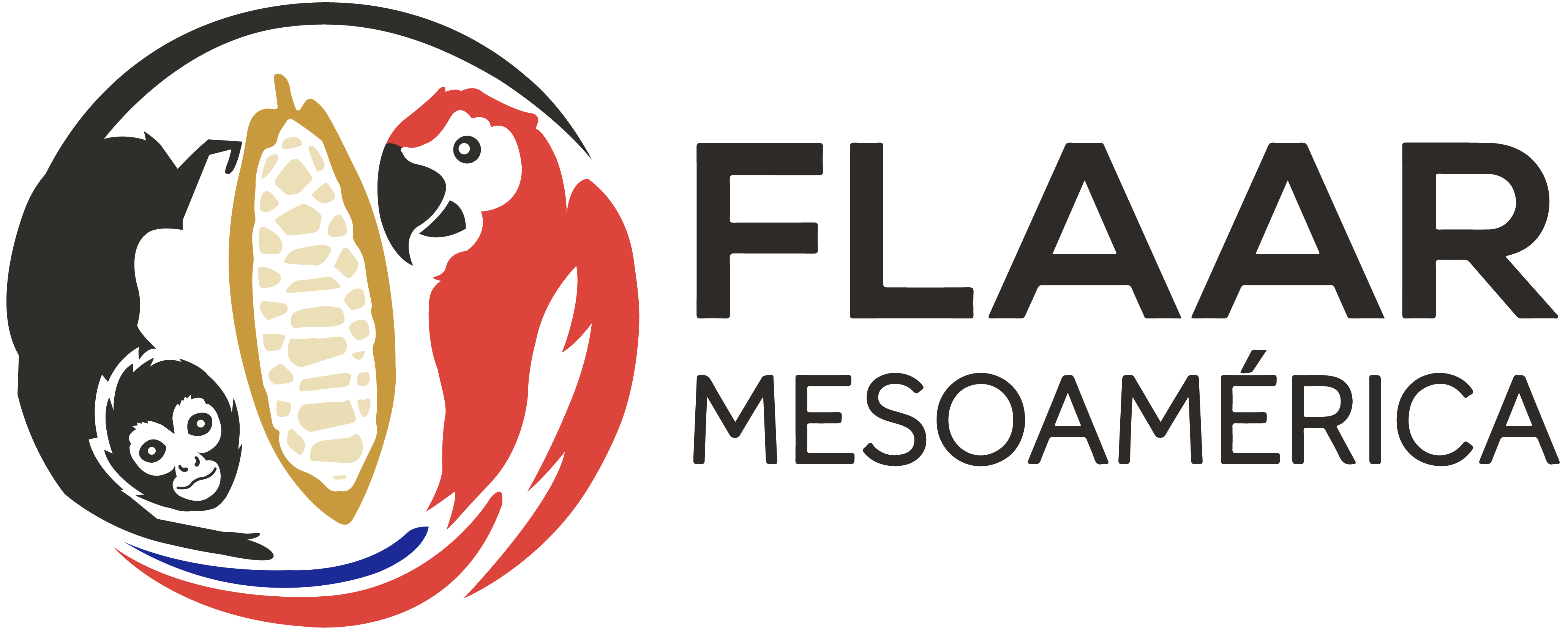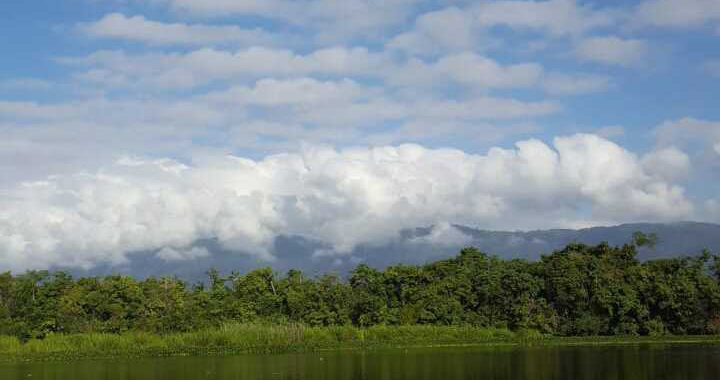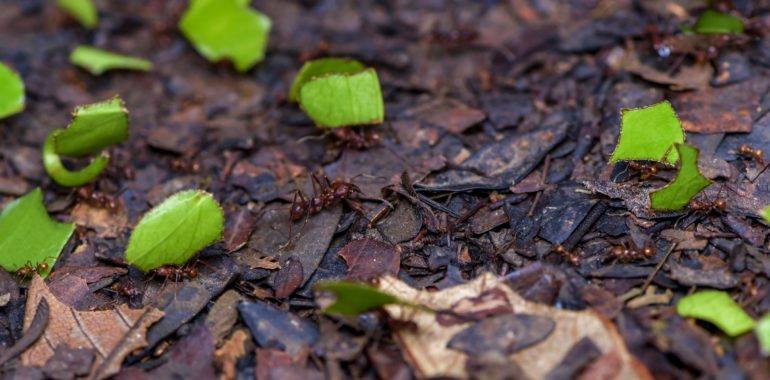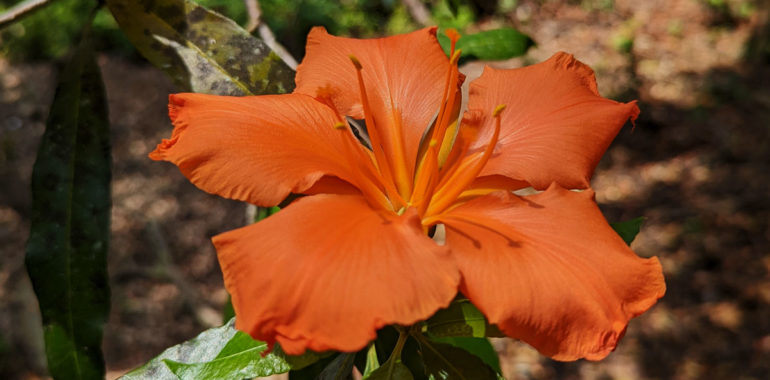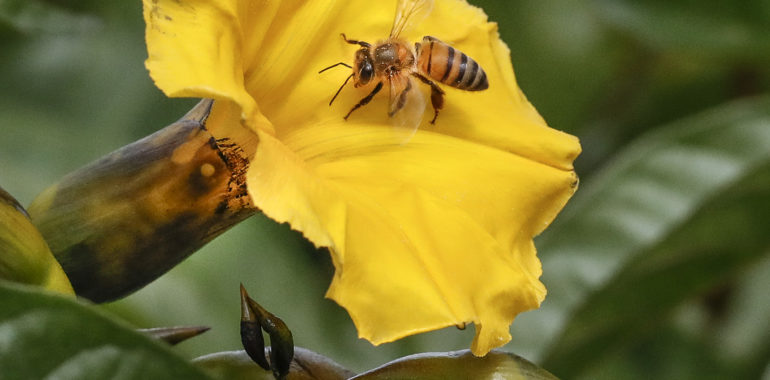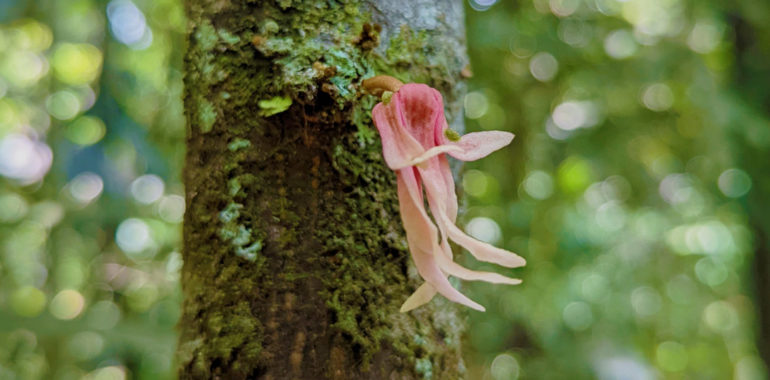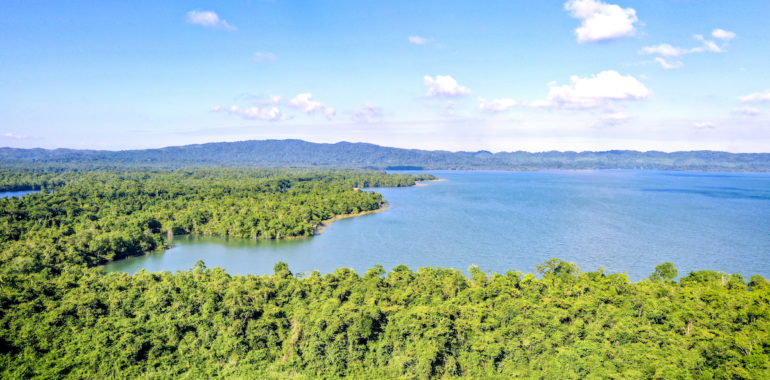In a country like Guatemala, where the base of the economy has always been agriculture, the work of agricultural, environmental, agro-industrial, and forestry engineers is of great importance for the development, sustainable management of resources, and conservation of biodiversity. On June 14, 1950, the Faculty of Agronomy of Universidad San Carlos de Guatemala was officially…
News & Blog
Refugio de Vida Silvestre Bocas del Polochic: An important wetland of Guatemala
Bocas del Polochic, located in El Estor, Izabal, is one of the most important wetlands in Guatemala. It is formed by the mouth of the Polochic River, with forests, which serve as a biological corridor for species that share ecosystems between Sierra de las Minas and El Estor; and rivers, such as the Polochic river,…
What are the so called in Guatemala “zompopos de Mayo”?
The well-known zompopo de mayo in Guatemala is an ant species that belongs to the leafcutter and fungi cultivator ant group in the Atta genus. In that sense, these are the ants that can be frequently seen forming rows and carrying leaf trimmings. The colonies of these ants are conformed by worker ants of different…
Introduction to Mammals and the 5 Felines of Guatemala
Do you want to know more about the mammals and the five felines of Guatemala? These conferences are what you were looking for. Sign up here to receive the ZOOM link: Sign up We are waiting for you on Wednesday May 25th and Thursday May 26th via Facebook Live or ZOOM at 6:00 pm (Guatemala…
We found a passionflower tree! Its name is Flor de Mayo (Erblichia odorata)
On our expedition on April 7, 2022, in Aldea El Rosario, Livingston, Izabal, we were able to photograph this incredible passionflower tree, commonly called Flor de Mayo. Something unusual since passionflowers usually grows like a vine. This tree is incredible for the color of its flowers, very strong orange. When you see it, you feel…
World Bee Day
Bees are considered one of the most important animals on the planet, they have benefited humans, plants, and the environment for a long time. By carrying pollen from one flower to another, bees and other pollinators enable not only the production of an abundance of fruits, nuts, and seeds but also more variety and better…
We Found the Cacao de Montaña flowers! (Stenanona stenopetal)
In one of our expeditions of the: “Proyecto de Documentación de Biodiversidad de Livingston” the path of Lagunita Creek (Río Sarstún) was visited. In it, we could see a cauliflorous tree that had red fruits growing from its trunk. The tree had already flowered that year, so they wanted to investigate with our plant scouts…
World Tapir Day
In Guatemala, the Central American tapir is known as danto or danta in Spanish, tixl in Q’eqchi’, tucumbalan in K’iche’, tix in Poqomchi and tzimin in Jakalteko. The Mayan cosmogony tells that the gods created humans from the mixture of corn dough with snake and tapir blood, so these animals were sacred in such a…
Every Day Is Earth Day
The International Mother Earth Day, named after the UN and celebrated for the first time on April 22, 1970, was a date marked on the calendar as the first environmental milestone for the planet: more than 20 million people took to the streets to raise awareness of the impact of human activity on the environment.…
New Infographic Material in MayanToons
Guatemala is a country with great natural and cultural wealth; however, many people are still unaware of much of the diversity that the territory possesses. One of the objectives of FLAAR Mesoamerica has always been the dissemination of scientific information for both academics and children who want to learn more about the various species of…
